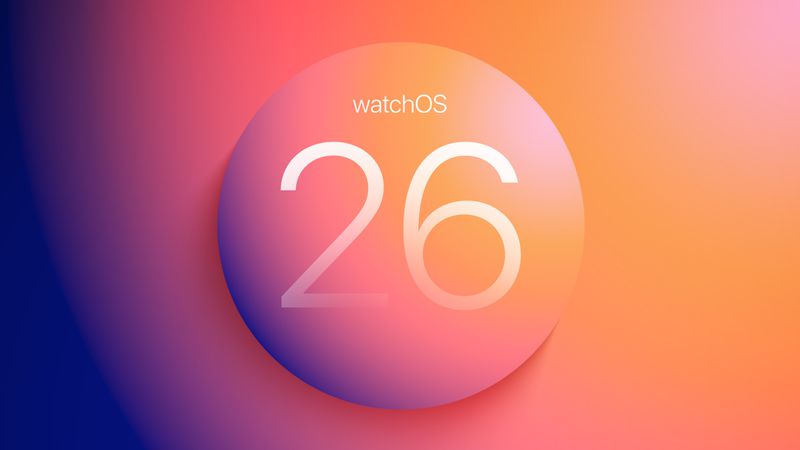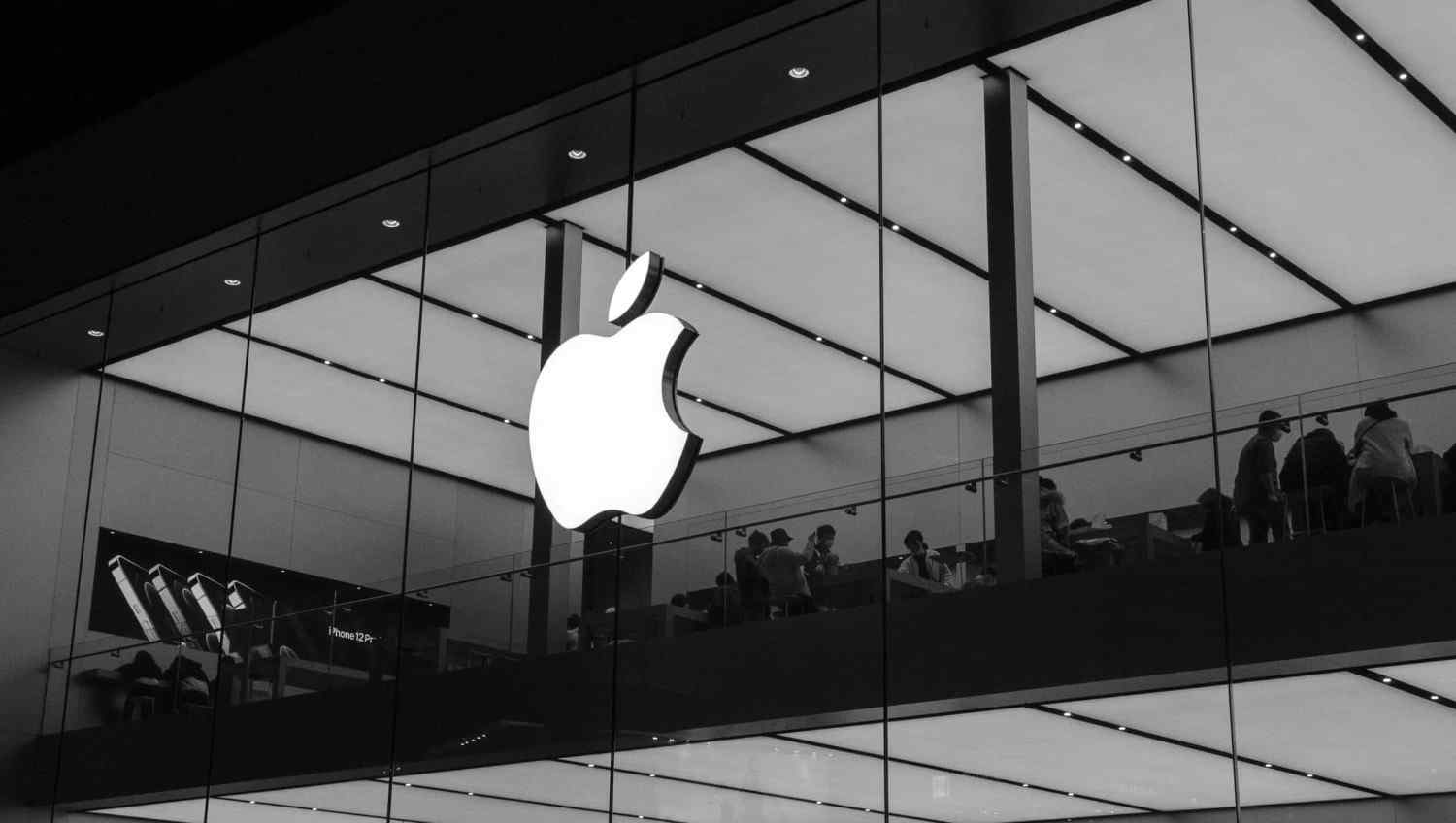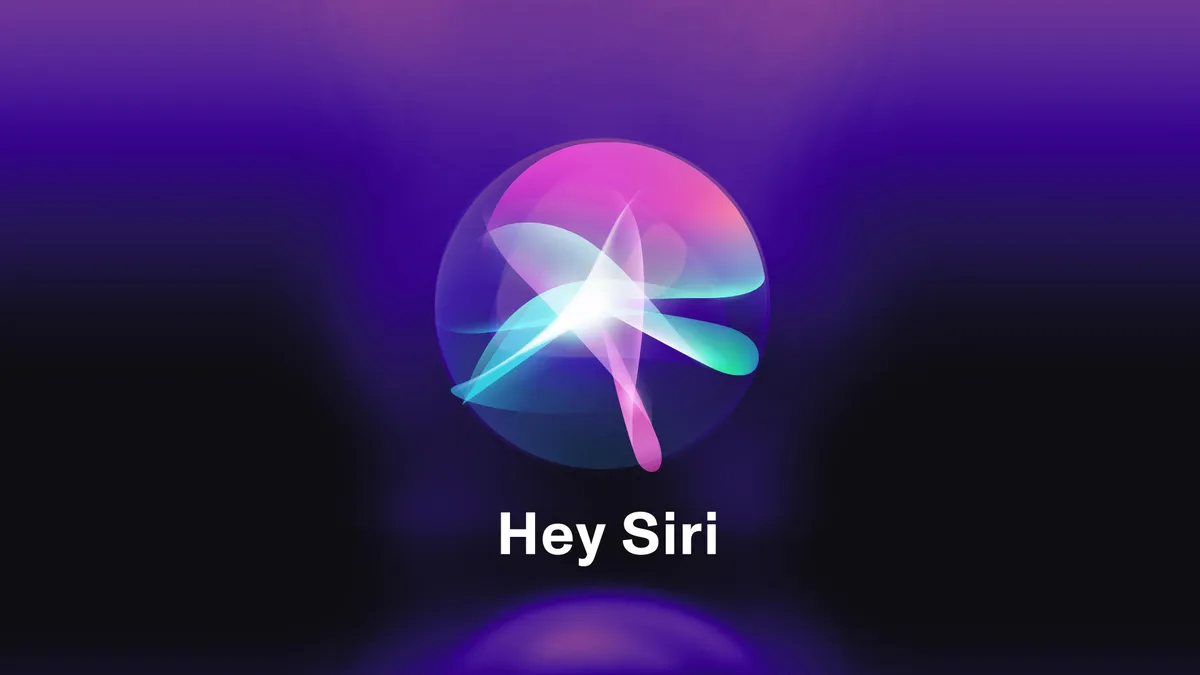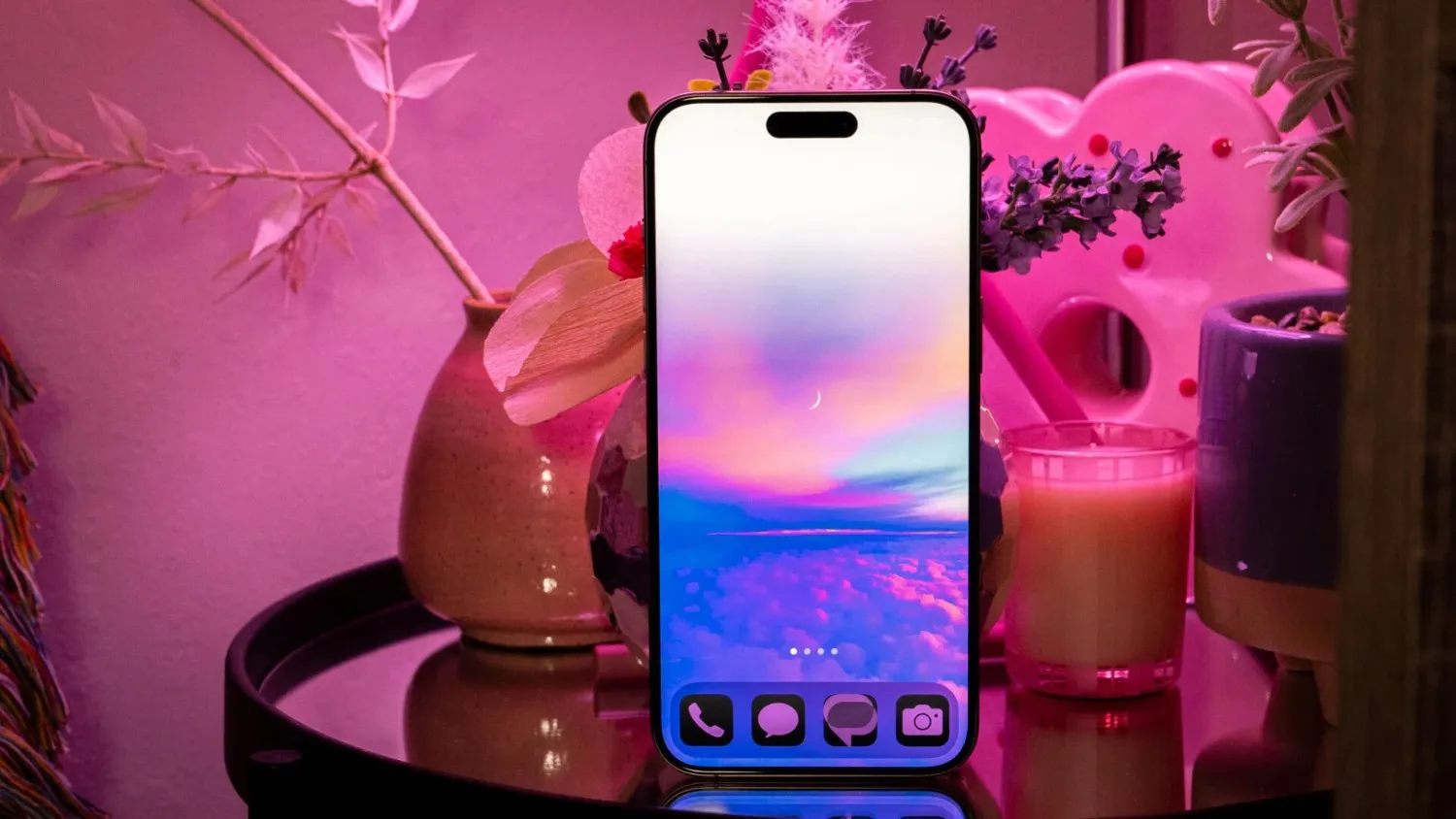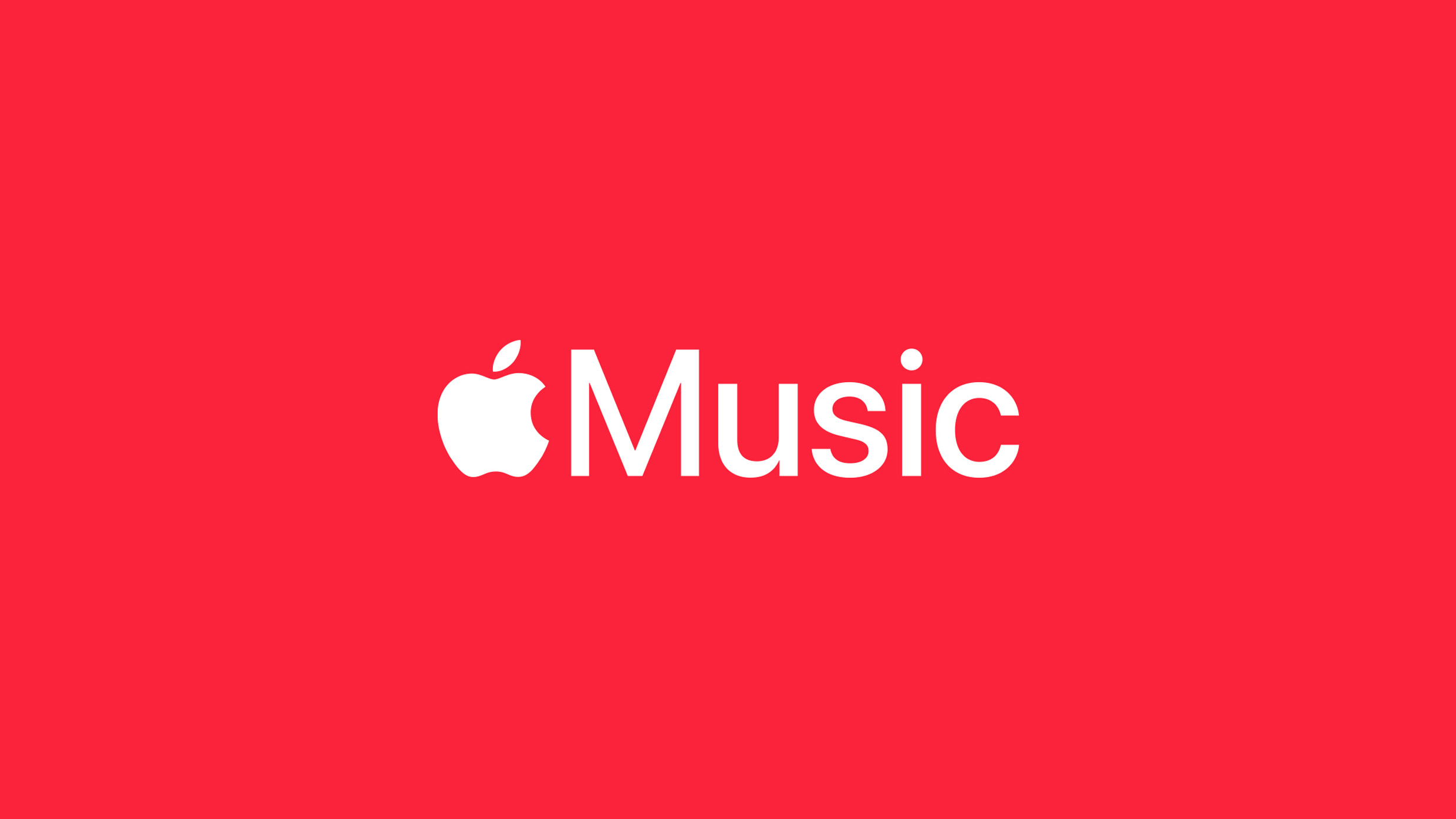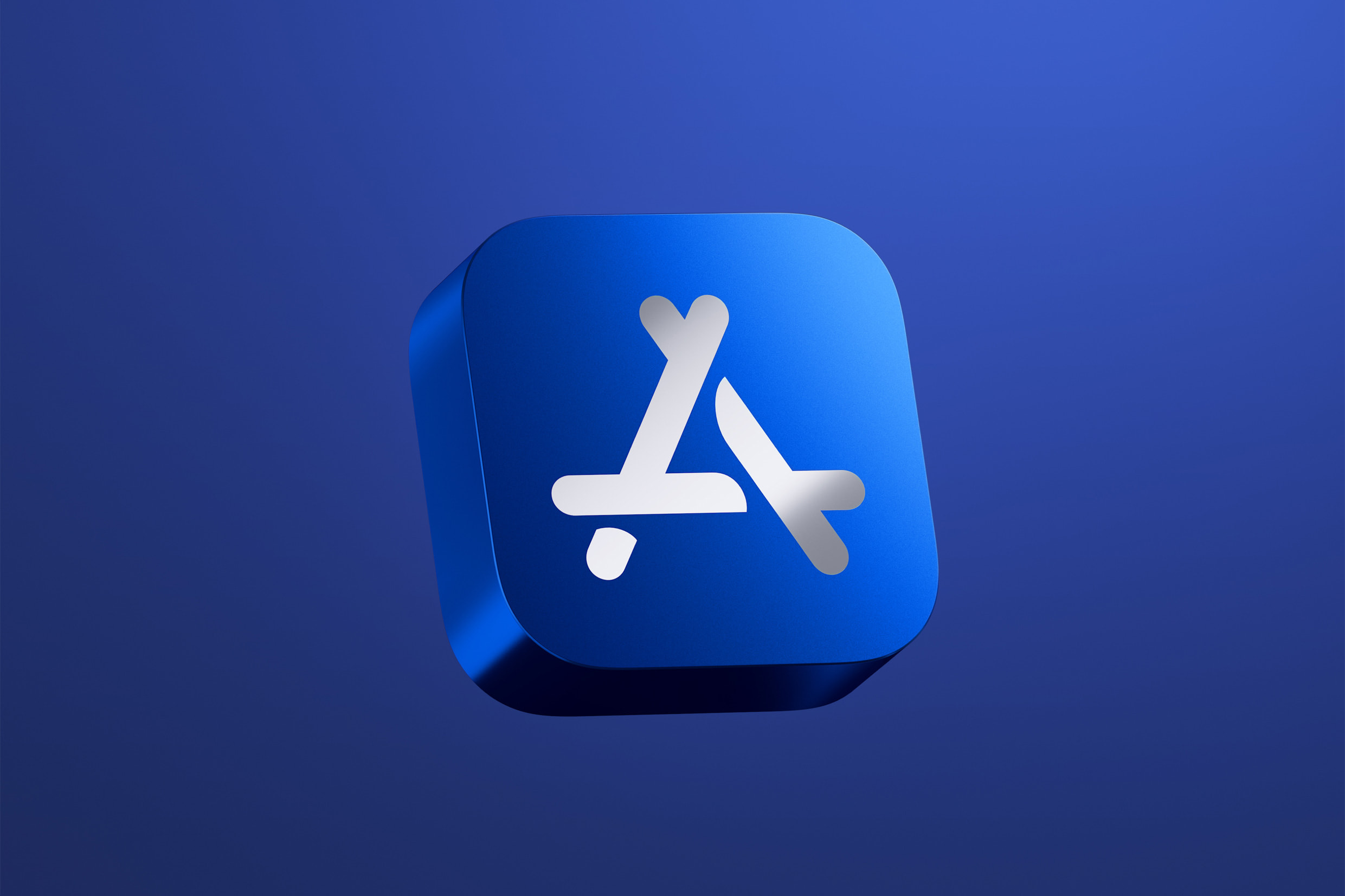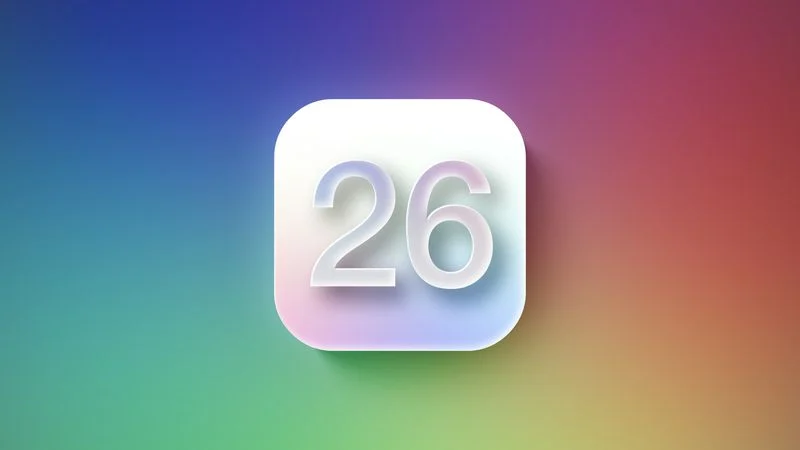Apple’s watchOS 26, set to launch this fall, introduces a cool new feature called “hints” that makes your Apple Watch even smarter. These hints appear right on your watch face, working alongside the Smart Stack to show you useful info at just the right time. Instead of digging through widgets, hints bring the most relevant ones to you based on your habits, location, or the watch’s sensors.
For example, if you’re in a remote area without cell service, a hint might pop up suggesting the Backtrack feature to help you navigate. Or, if you hit the gym at your usual time, a hint could nudge you to start a workout. These hints use a sleek design called Liquid Glass, which makes them look smooth and blend nicely with your watch face.
The Smart Stack itself is getting better, too. It now pulls in more data, like your daily routine and sensor info, to predict what you need. This makes your watch feel more personal and helpful. However, if your watch face already has widgets at the bottom, hints might feel a bit crowded.
I’m excited to see how hints work in real life. They seem like a smart way to make the Smart Stack more useful without extra effort.
